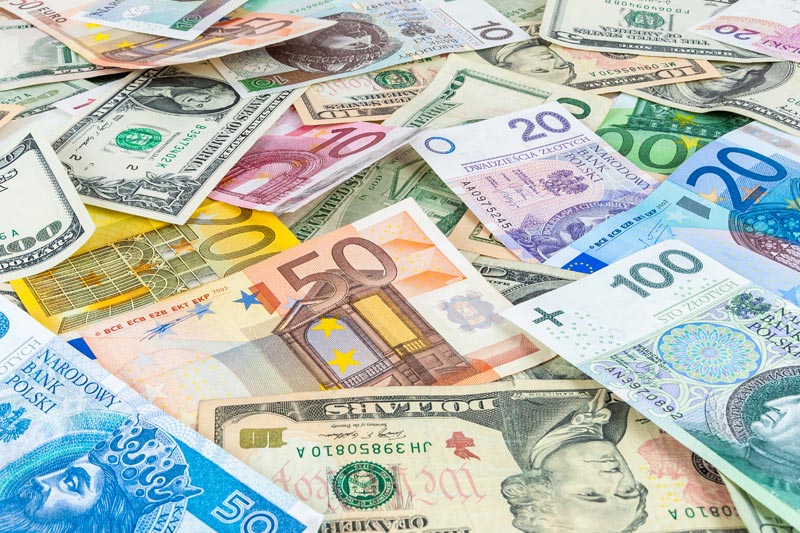Investing.com - The Australian dollar traded lower against its U.S. rival during Monday’s Asian session following the release of some marquee data points out of China, Australia’s largest export market.
In Asian trading Monday, AUD/USD fell 0.23% to 0.9445 after rising 0.35% last week. The pair is likely to find support at 0.9390, the low from October 10 and resistance at 0.9524, the high from September 19.
Over the weekend, China, the world’s second-largest economy said September exports contracted 0.3%, well below analysts’ estimates of growth of 6%. Imports rose 7.4%.
Elsewhere, the Australian Bureau of Statistics said that Australian home loans fell 3.9% last month after a 2.1% rise in August. Analysts expected a September decrease of 2.5%.
On Monday, China’s National Statistics Bureau said the country’s producer price index (PPI) contracted 1.3% last month after falling 1.6% in August. Analysts expected a September decline of 1.4%.
In a separate report, the Statistics Bureau said China’s consumer price inflation rose to 3.1% last month from 2.6% in August. Analysts expected a September increase to 2.9%.
The Aussie and some other riskier currencies also came under pressure as U.S. policymakers are still deadlocked regarding reopening the government.
Some traders are growing skittish that such an agreement will not arrive in enough to avert debt ceiling debacle. The U.S. must raise the debt ceiling by October 17 or risk defaulting on its sovereign debt obligations.
Elsewhere, AUD/JPY slipped 0.42% to 92.89 while AUD/NZD lost 0.20% to 1.1354.
In Asian trading Monday, AUD/USD fell 0.23% to 0.9445 after rising 0.35% last week. The pair is likely to find support at 0.9390, the low from October 10 and resistance at 0.9524, the high from September 19.
Over the weekend, China, the world’s second-largest economy said September exports contracted 0.3%, well below analysts’ estimates of growth of 6%. Imports rose 7.4%.
Elsewhere, the Australian Bureau of Statistics said that Australian home loans fell 3.9% last month after a 2.1% rise in August. Analysts expected a September decrease of 2.5%.
On Monday, China’s National Statistics Bureau said the country’s producer price index (PPI) contracted 1.3% last month after falling 1.6% in August. Analysts expected a September decline of 1.4%.
In a separate report, the Statistics Bureau said China’s consumer price inflation rose to 3.1% last month from 2.6% in August. Analysts expected a September increase to 2.9%.
The Aussie and some other riskier currencies also came under pressure as U.S. policymakers are still deadlocked regarding reopening the government.
Some traders are growing skittish that such an agreement will not arrive in enough to avert debt ceiling debacle. The U.S. must raise the debt ceiling by October 17 or risk defaulting on its sovereign debt obligations.
Elsewhere, AUD/JPY slipped 0.42% to 92.89 while AUD/NZD lost 0.20% to 1.1354.
